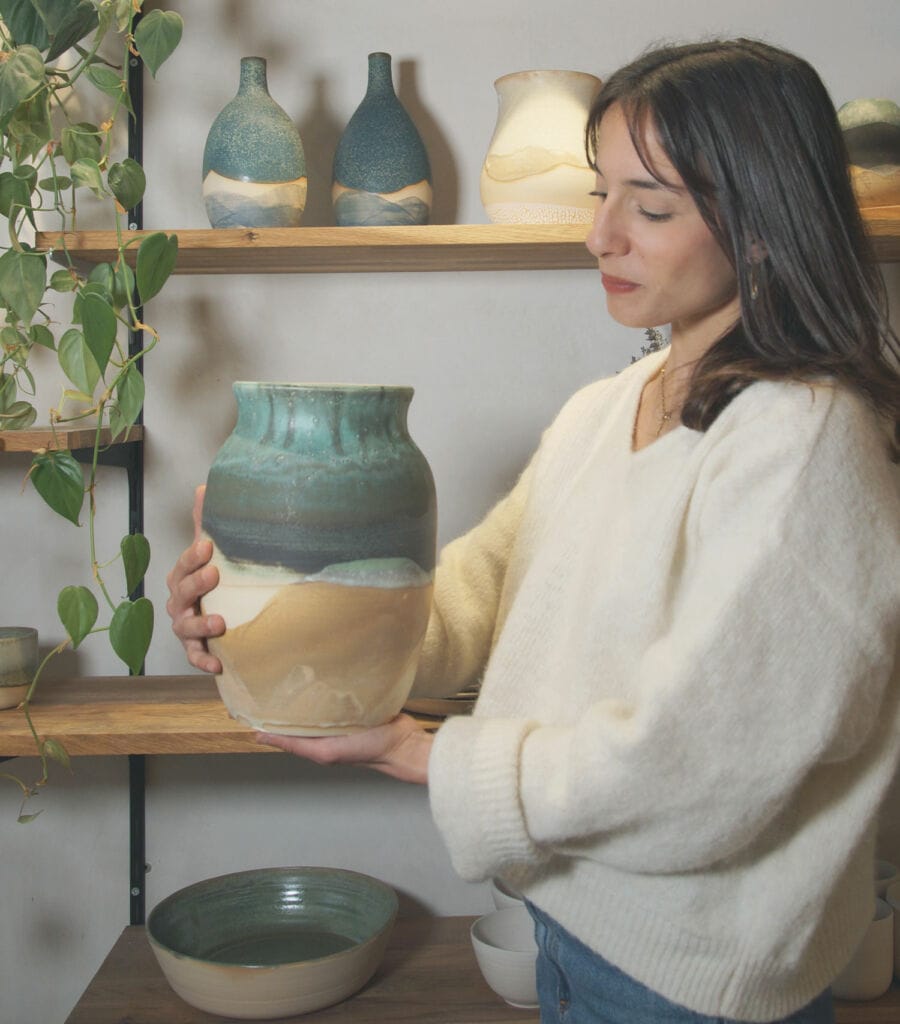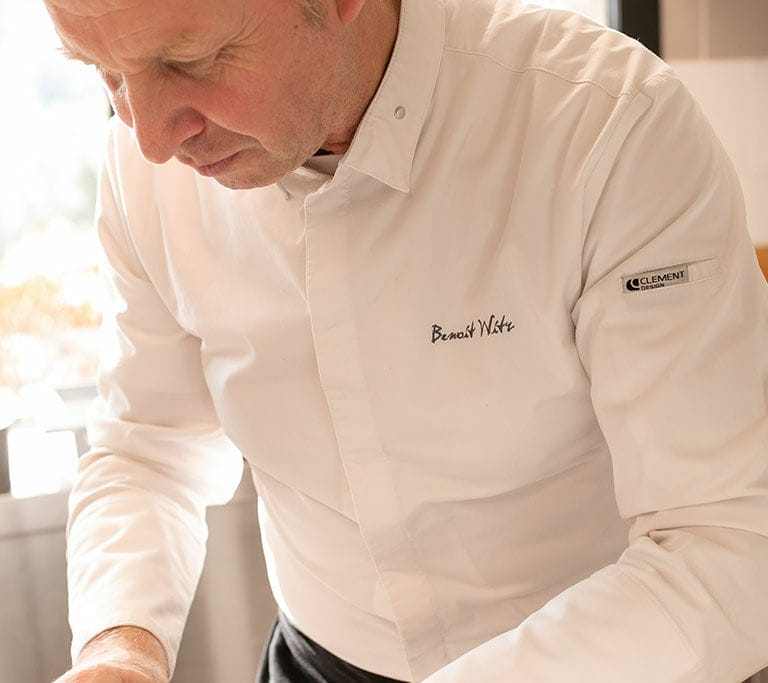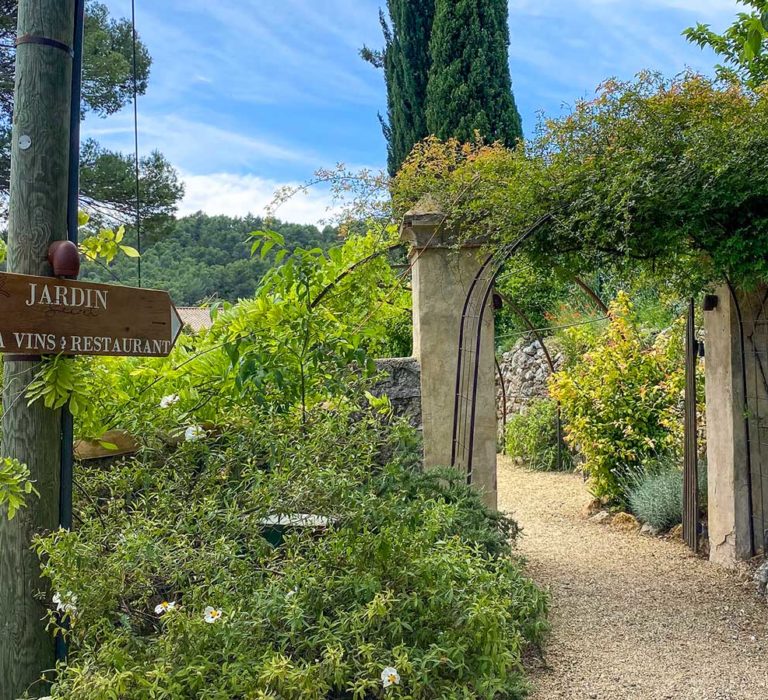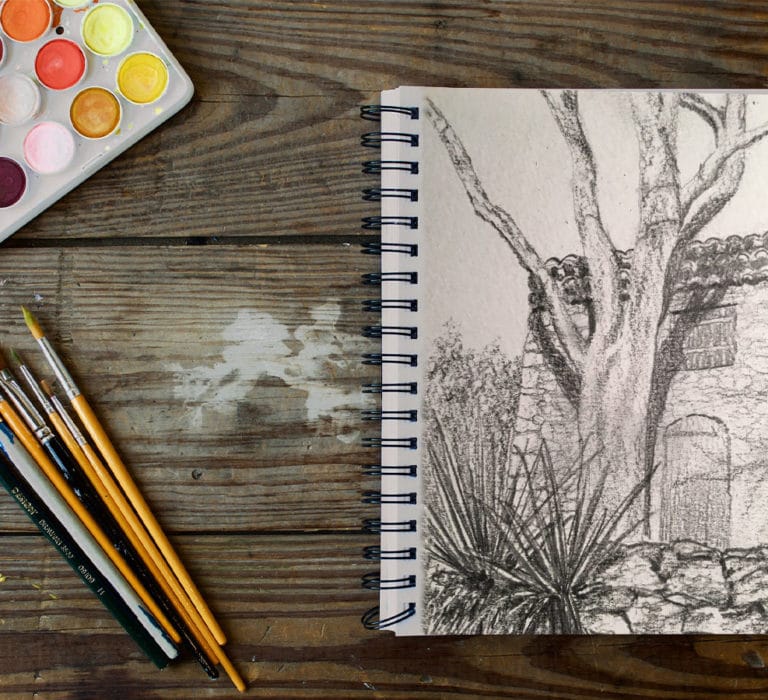Learn the Art of Ceramics with Inès Ciccone
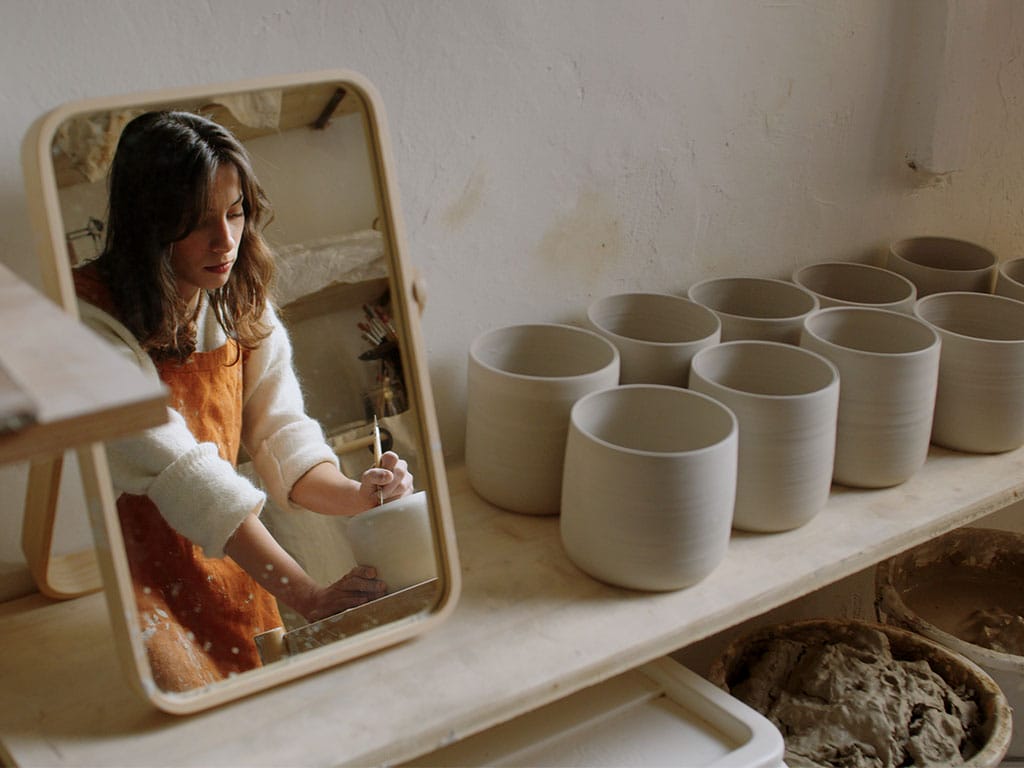
Potter and ceramics artist in Cotignac, Inès Ciccone practices throwing pottery with the aim of giving life to stoneware pieces, always drawing her inspiration from natural plants and minerals. During a 3 1/2 hour workshop, Inès will share three modelling techniques: the plate method, the pinch method, and the coil technique. There will be an opportunity to make a cup, a plate or a bowl – simple but essential objects for our daily lives, before leaving with your creation (unfired). Inès also offers the option of picking up your fired and enamelled piece of art within 4 to 6 weeks.
Inès Ciccone, potter and ceramics artist in Cotignac
Inès graduated in Product Design in Lyon then went on to study in Graphic Packaging in Paris. In 2020 she left the Parisian art world and set up her workshop in Cotignac where she is able to express herself and work in total freedom, while also wanting to exchange and share her craft. Inès is self-taught in ceramics, and she practices turning and creates sandstone pieces with tones inspired by plants and minerals, which are reminiscent of Provence and its natural habitats. Through enamels and oxides and more, Inès enjoys creating landscapes thanks to the contrasts and textures of materials. Each collection has its own unique inspiration.
Ceramic workshops at Lou Calen
For 3 1/2 hours, Inès will guide and teach you to create an everyday object (a cup, a plate or a bowl) with three modelling techniques:
The plate method involves the use of evenly rolled flat pieces of clay, like plates. The plates can be cut into various shapes using templates or simply shaped by hand. The differently shaped parts are then assembled to form the desired object. This method is often used to create flat shapes or geometric structures.
The pinch technique involves taking a small amount of clay and pinching it between your fingers to shape it. The clay is gently pinched and shaped to create organic or sculptural shapes. This is an intuitive, fun method that allows great artistic freedom and a more expressive approach to clay modelling.
The coil is a cylindrical roll of clay, often of circular section, which is used to build up and form the walls of objects. The coils are fixed together carefully to gradually build the shape of the object. This method is particularly suitable for creating cylindrical objects or shapes that require a thicker, sturdier structure.
